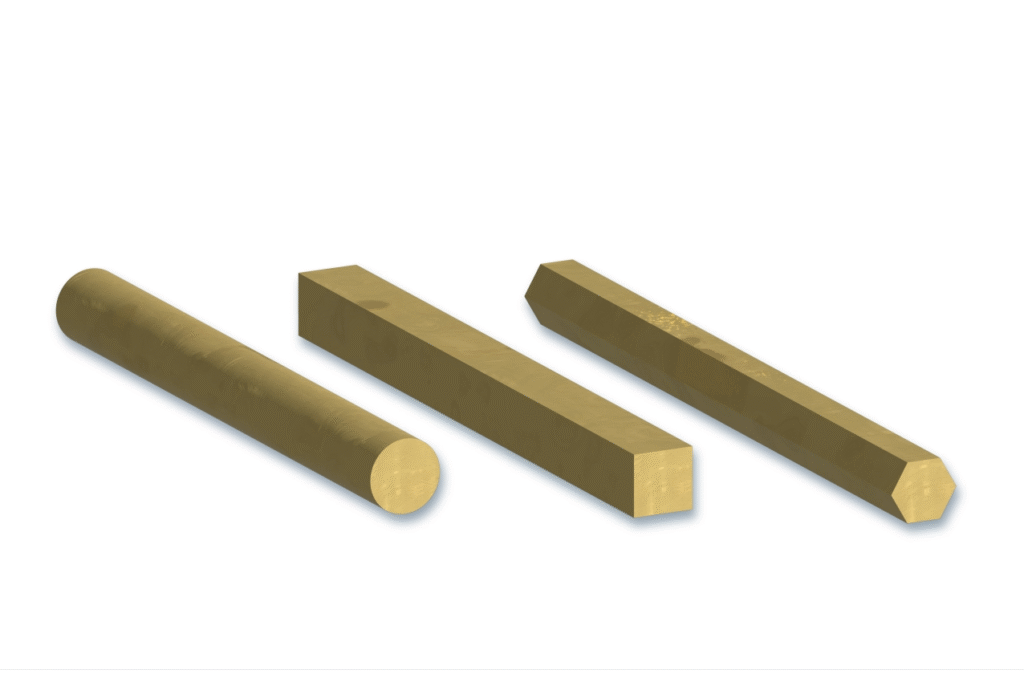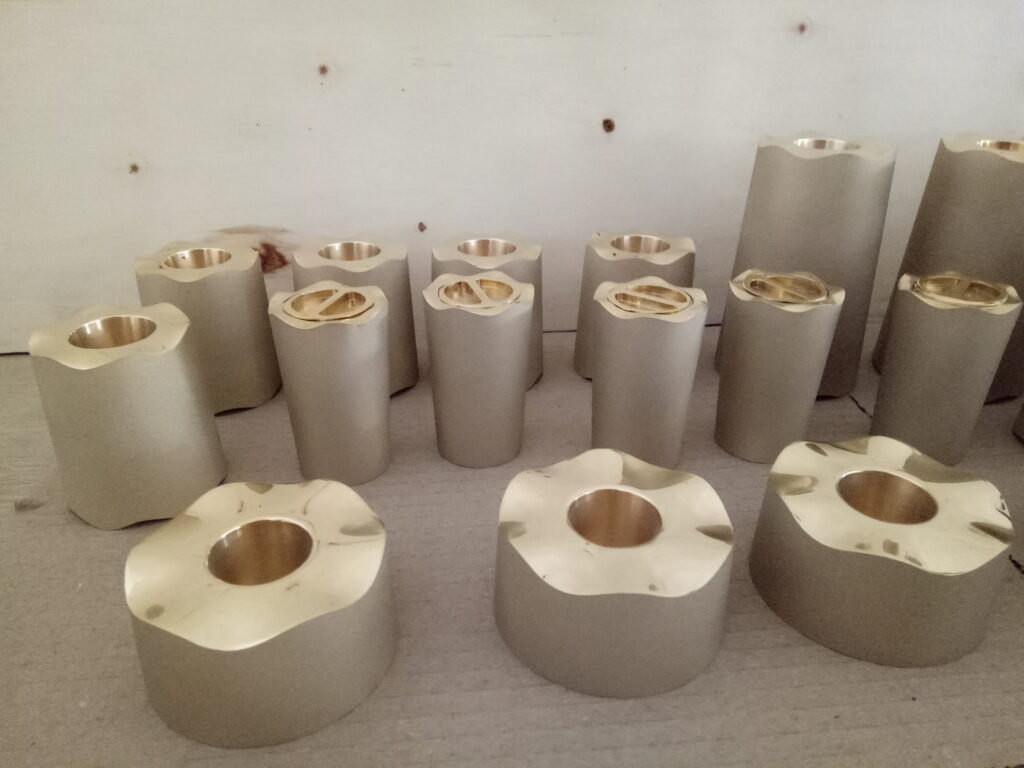Discover if bronze is magnetic with clear explanations on its alloy composition, rare magnetic exceptions, and practical testing methods.
Is Bronze Magnetic The Quick Verdict
Wondering if bronze will stick to your fridge magnet? Here’s the quick answer: no, standard bronze is not magnetic. Unlike ferromagnetic metals like iron or steel, bronze is a non-ferromagnetic alloy. That means it won’t attract magnets or cause magnetic interference, making it perfect for applications where you need no disruption—like electronics or marine equipment.
Why doesn’t bronze stick to magnets? It all comes down to what bronze is made of. Mostly copper mixed with tin, this alloy’s composition keeps it free from magnetic properties. Later, I’ll break down the science behind this, including how bronze’s atomic structure differs from magnetic metals—and even show you some easy DIY tests to try yourself. Stay tuned!
What Makes Bronze Non Magnetic A Dive into Atomic Structure
Bronze is mainly an alloy made of copper and tin, usually around 88-95% copper and 5-12% tin. Both copper and tin are non-ferromagnetic metals, meaning they don’t have strong magnetic properties. This happens because of their atomic structure—specifically, how their electrons behave.
Magnetism comes in different types:
- Ferromagnetic materials (like iron) have unpaired electrons that line up their magnetic moments in the same direction, creating a strong magnetic field.
- Diamagnetic materials (like copper and tin) have paired electrons, so they slightly repel magnetic fields.
- Paramagnetic materials have a few unpaired electrons but do not keep a permanent magnetic field.
Bronze falls into the diamagnetic category because the copper and tin atoms have paired electrons, which means it doesn’t get attracted to magnets.
Here’s a quick look at electron behavior in bronze versus iron:
| Metal | Electron Pairing | Magnetic Behavior |
|---|---|---|
| Bronze (Copper + Tin) | Mostly paired electrons | Diamagnetic (not magnetic) |
| Iron | Many unpaired electrons | Ferromagnetic (strongly magnetic) |
This non-magnetic character is one of the reasons bronze was so valuable during the Bronze Age, thousands of years ago. People used bronze to make tools and weapons partly because it didn’t react to magnetic fields, unlike iron which was easier to magnetize.
Understanding this atomic makeup helps explain why bronze remains a reliable non magnetic alloy even as we use it in modern industries today.
Rare Cases Where Bronze Shows Magnetic Traits
While standard bronze is non magnetic, some special variants can show weak magnetic properties. This mainly happens when elements like aluminum, manganese, or nickel are added to the mix. For example, aluminum bronze and manganese bronze contain higher amounts of these metals, which can alter the alloy’s electron pairing and cause slight magnetism.
In the real world, scrapyard workers sometimes mistake these bronze alloys for ferromagnetic metals because they respond weakly to magnets. Industrial bearings and marine hardware often use these tougher bronze blends for their strength and corrosion resistance, but with a small trade-off: they might show faint magnetic behavior.
The reason? Adding these metals disrupts how electrons pair up inside the material. Normally, paired electrons cancel out magnetism in bronze, but unpaired electrons from nickel or manganese can create tiny magnetic fields. So, while most bronze is non-ferromagnetic, these exceptions exist due to changes in the alloy’s atomic structure.
DIY Magnet Test for Bronze Step by Step
Want to see if your bronze item is magnetic? Here’s how you can quickly check at home using simple tools.
Tools You’ll Need
- Fridge magnet (common, weak magnet)
- Neodymium magnet (strong rare-earth magnet)
- Metal file (optional, to clean small spots)
- Scale (to measure weight if doing density checks)
- Diluted acid (like vinegar, for advanced testing)
Method 1 Fridge Magnet Test
- Clean the bronze surface lightly with a cloth or metal file to remove any dirt or tarnish.
- Hold a fridge magnet close to the bronze part.
- If it sticks tightly, your item might not be standard bronze (could have magnetic impurities).
- If it barely sticks or doesn’t pull at all, that’s normal—bronze is nonmagnetic.
Method 2 Neodymium Magnet Test
- Use a strong neodymium magnet for better sensitivity.
- Slowly bring it near the bronze surface.
- Even if there is a tiny pull, it’s likely a special alloy, like aluminum or manganese bronze, which can show some magnetism.
- No pull confirms pure bronze.
Pro Tips
- Avoid scratching or harsh cleaning that can damage the bronze patina or surface.
- Cross-check by measuring density: bronze is denser than many magnetic scrap metals.
- For serious verification, a quick acid test can separate copper alloys but needs caution and proper handling.
This simple DIY approach helps you identify bronze’s magnetism easily and is perfect for hobbyists or local trades needing quick verification.
Bronze Magnetism Compared to Brass Copper and Steel

Here’s a quick side-by-side look at how bronze compares to brass, copper, and steel when it comes to magnetism:
| Metal | Magnetic Behavior | Why It Matters |
|---|---|---|
| Bronze | Non-magnetic | Made mostly of copper and tin, bronze doesn’t attract magnets. Great for applications where metal interference matters. Plus, it resists corrosion better than brass. |
| Brass | Mostly non-magnetic | Like bronze, brass is copper-based but mixed with zinc. It’s generally non-magnetic but slightly less corrosion-resistant than bronze. |
| Copper | Non-magnetic | Pure copper has no magnetic properties and excellent conductivity, but it’s softer and wears faster than bronze. |
| Steel | Strongly magnetic | Steel contains iron, a ferromagnetic metal. This means it sticks to magnets and can cause interference where magnetism is a problem. |
So why pick bronze over brass or copper? Bronze offers a better balance of strength, corrosion resistance, and zero magnetic interference. Unlike steel, it won’t attract magnets, making it ideal for marine gear, electronics, and medical devices where unwanted magnetism can mess things up.
Real World Advantages of Bronze’s Non Magnetic Properties
Bronze’s non magnetic nature makes it a favorite in many industries across the United States. Because it doesn’t interfere with magnetic fields, it’s widely used in electronics, such as connectors and switches, where precision and reliability are key. In the marine industry, bronze parts resist corrosion and won’t attract rust-causing magnetic debris, making them perfect for bearings, propellers, and fittings in boats and ships.
In medical devices, bronze’s combination of durability and non magnetism helps produce instruments that won’t disrupt sensitive electronic equipment or MRI machines. Plus, bronze offers excellent conductivity alongside its longevity, which adds value in both electronics and healthcare.
Visually, bronze also delivers on aesthetics—its warm, natural color holds up well over time, maintaining a professional look for products that need to look as good as they perform.
Looking ahead, bronze is playing a role in emerging tech fields like electric vehicles (EVs) and 5G antennas. These applications demand materials that combine strength, corrosion resistance, and zero magnetic interference—bronze fits the bill perfectly.
In , bronze’s non magnetic quality delivers real-world benefits in durability, reliability, and performance, making it a go-to alloy across a range of high-tech and everyday uses.

